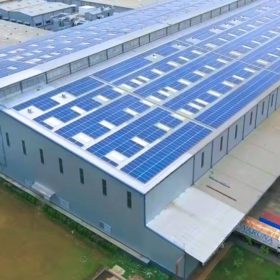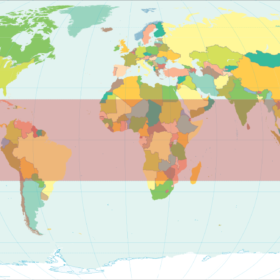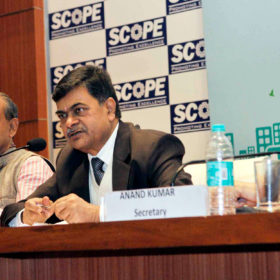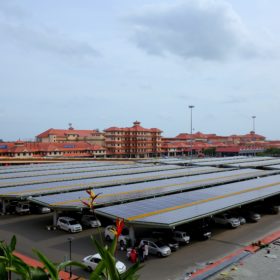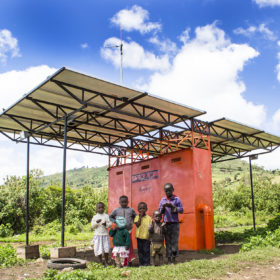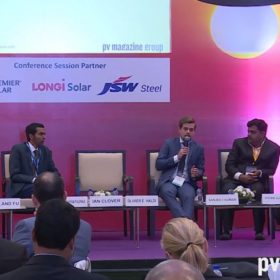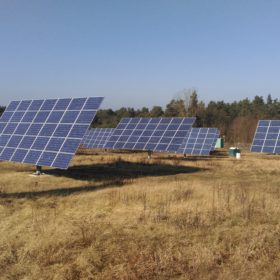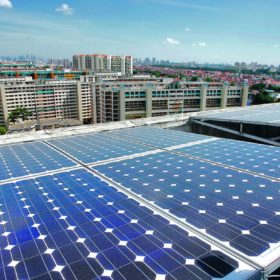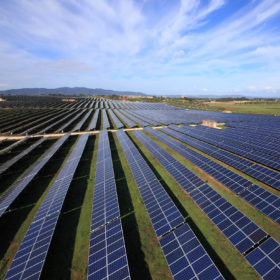India installs 1,861 MW rooftop PV, Maharashtra leads the market
India has installed total 1,861 MW rooftop PV as of September 2017 as the state of Maharashtra overtakes Tamil Nadu to become largest for rooftop solar, as per latest report by Bridge to India. Analysts have revised India’s rooftop projection to 10.8 GW by 2021.
Australia, Cuba, Malawi, and Peru ratify ISA framework
Four more countries have ratified the International Solar Alliance (ISA) framework agreement, taking the total number to 19. On Wednesday December 6, the ISA will be established as a legal international intergovernmental body.
India releases roadmap for RE rollout, announces 20 GW manufacturing auction
The Indian government has unveiled a roadmap for achieving its 2022 renewable energy goals. It has also announced plans for a 20 GW auction to boost domestic RE manufacturing.
The weekend read: Will duties ADD doubt to India’s solar growth?
The threat of India’s government imposing anti-dumping duties (ADD) against solar cells and modules from China, Taiwan and Malaysia is very real, and runs counter to its own ambitions of hitting 100 GW of solar by 2022. Or does it? Could duties help to boost India’s solar industry in other ways? And does the ongoing political uncertainty create opportunity or trepidation for industry?
India anti-dumping hearing moved to December 12
The anti-dumping hearing was scheduled to be held on November 30. It has, however, been postponed to December 12, 2017. The India Solar Manufacturers Association (ISMA) still expects a result in its favor.
Potential for PV to snap significant share of $40 billion distributed energy industry in frontier markets – BNEF
There is potential for solar PV and storage to snap a significant share of the distributed energy industry in frontier markets, says BNEF. Both telecoms and agriculture present interesting opportunities; SE Asia is an emerging micro grid hotspot; pay-as-you-go solar is seeing strong growth; and China is recording substantial business.
Video: Quality Roundtable at REI: “Cost is secondary, quality is paramount”
Held in September, the seventh pv magazine Quality Roundtable made its debut in India at the Renewable Energy India Expo. The discussion raised a series of pertinent points relevant to India’s soaring solar market, particularly concerning the need to place quality ahead of cost.
India solar installs hit 2.2GW in Q3
Record growth continues as India installed 2,247 MW of solar projects in Q3 2017, up 15% from Q2 2017. The total installation at the end of 2017 is expected to range from 9.5 GW to 10 GW. The 7 GW solar installation in first nine months covered more than one-third of total new power capacity addition in 2017.
Climate Policy Initiative presents financial solutions for rooftop solar in India
CPI has summarized the present rooftop sector of India, its economics, and the financial facilities to the industry from government and banks. The analyst and advisory firm has presented the solutions for the current financial obstacles to the growth of rooftop solar. The team has presented two Indo-U.S. collaborative initiatives, USICEF and USICFP, with which these solutions can be implemented.
India-World Bank signs $100 million loan agreement for Solar Parks
India signs loan agreement with the World Bank for $100 million for large-scale solar power projects named as “Shared Infrastructure for Solar Parks Project”.
